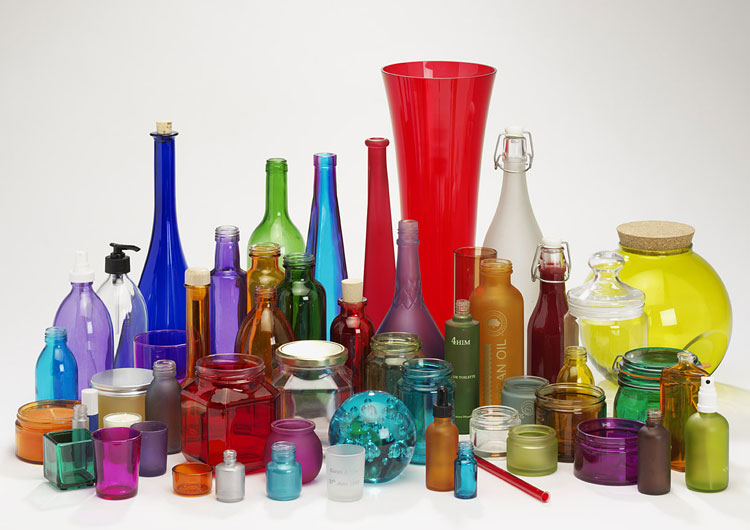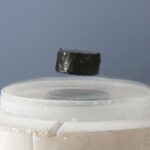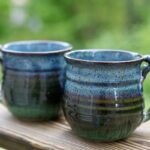Ceramics encompass such a vast array of materials that a concise definition is almost impossible. However, one workable definition is: Ceramics can be defined as inorganic, nonmetallic materials. They are typically crystalline in nature and are compounds formed between metallic and nonmetallic elements such as aluminum and oxygen (alumina-Al2O3), calcium and oxygen (calcia – CaO), and silicon and nitrogen (silicon nitride-Si3N4).
Ceramics is a refractory, inorganic, and nonmetallic material. Ceramics can be divided into two classes: traditional and advanced. Traditional ceramics include clay products, silicate glass and cement; while advanced ceramics consist of carbides (SiC), pure oxides (Al2O3), nitrides (Si3N4), non-silicate glasses and many others. Ceramics offer many advantages compared to other materials. They are harder and stiffer than steel; more heat and corrosion resistant than metals or polymers; less dense than most metals and their alloys; and their raw materials are both plentiful and inexpensive. Ceramic materials display a wide range of properties which facilitate their use in many different product areas.
In general, most ceramics are:
– hard,
– wear-resistant,
– brittle,
– refractory,
– thermal insulators,
– electrical insulators,
– nonmagnetic,
– oxidation resistant,
– prone to thermal shock, and
– Chemically stable.
Of course there are many exceptions to these generalizations. For example, borosilicate glasses (glasses that contain silica and boron as major ingredients) and certain glass ceramics (glasses that contain a crystalline phase) and NZP ceramics are very resistant to thermal shock and are used in applications such as ovenware, stove tops and kiln furniture respectively. Also, some ceramics are excellent electrical conductors and an entire commercial market is based on the fact that certain ceramics (ferrites) are magnetic.


